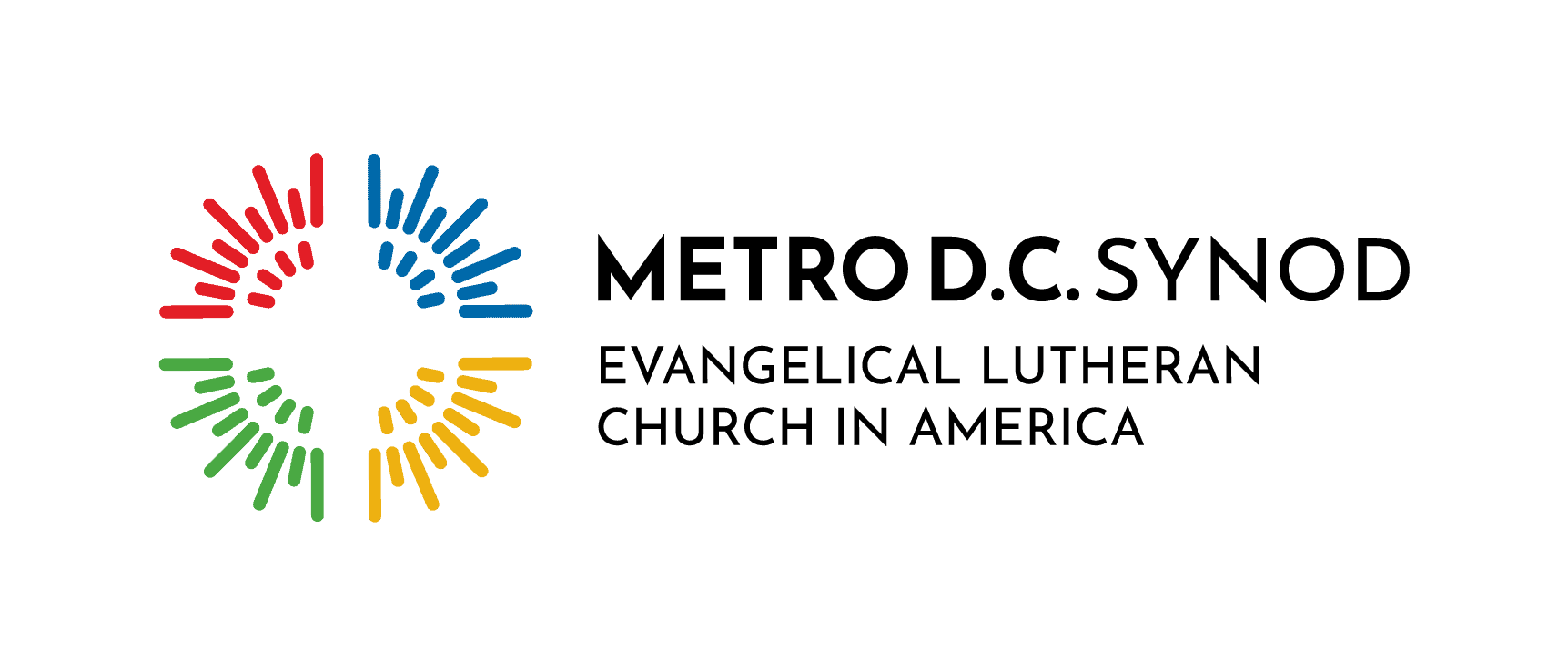Guiding the effort toward multiethnic congregations

by Mary Oliver*
The development of multiethnic congregations is not an attempt to take part in any trends toward multiculturalism or a knee-jerk reaction to congregational decline but is, instead, a response to the Gospel call for all to become one in the body of Christ. At the beginning of April five of us from the Metro D.C. Synod traveled to Cleveland, Ohio to take part in a Mosaix Regional Learning Lab, focused on developing vibrant and inviting multiethnic congregations. Church leaders from Garfield Memorial Church, a congregation in Cleveland with several multiethnic campuses, shared many aspects of what has made their effort successful.
INTENTIONALITY
Intentionality is key. Reconciliation of our many differences, be they cultural, racial, political, or socioeconomic, will not happen without guided effort and design.
Take stock of your church.
- Is your church leadership and staff diverse?
- Does the artwork around your building, curriculum used in Sunday School, and events held by your congregation show diversity?
And,
- Welcome differences, and practice accommodation, finding ways to incorporate those differences into your congregation’s way of being, rather than asking members of your congregation to assimilate into one way of doing things.
- Remind yourselves that while you may not like all the changes brought by incorporating new ideas into your church, others will!
VISION
Develop a succinct and memorable vision for your congregation – and repeat it often! When members begin complaining that it is being said too often – that is when they are beginning to remember it.
Along with creating a vision and mission for your congregation, consider developing a core set of values that members can refer to and be reminded of. For example, at Garfield Memorial, the core values are safety, authenticity, growth, diversity, and forgiveness. Both the vision of the church and defined core values work to facilitate some of the most important work of becoming a multiethnic church: open and honest conversations that begin reconciliation.
RECONCILING CONVERSATIONS
Openness and authenticity, even in uncomfortable conversations, are necessary for cultural inclusion and reconciliation. Work as a church to create safe spaces for these important conversations, where confidentiality is maintained, all are allowed to speak their own truths and have the legitimacy of their own experiences recognized, and forgiveness, even though sometimes difficult, is practiced.
Educate your congregation on cultural competency, so that members can learn to recognize that cultural differences exist and can begin to recognize them more easily. Recognizing this, individuals can begin to work through and past their own bias, which everyone has.
Shift the lens of your church’s focus away from an inward “club” mentality, concerned only with those already inside your church walls, to a “kingdom” mentality, focused on working to further the kingdom of God on earth which sees all as members of the body of Christ.
IN YOUR CONGREGATION
If you would like more information on the content of the Mosaix conference or would like to bring this initiative to your congregation, please contact the Rev. Philip Hirsch at phirschmetrodcelca.org or 202-417-3678, ext. 3682.
* Our guest blogger, Mary Oliver, is a member of Peace Lutheran Church in Waldorf, Md.


